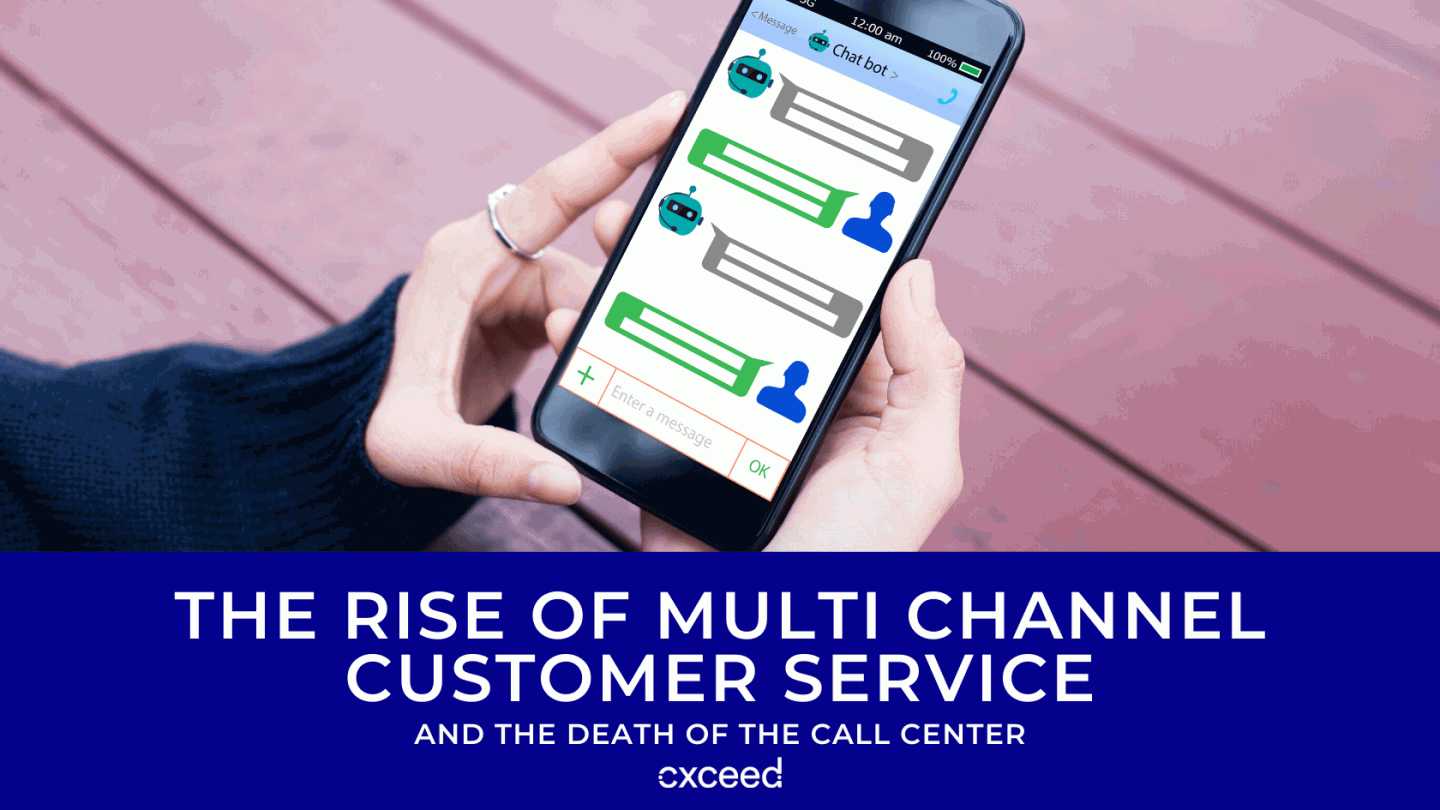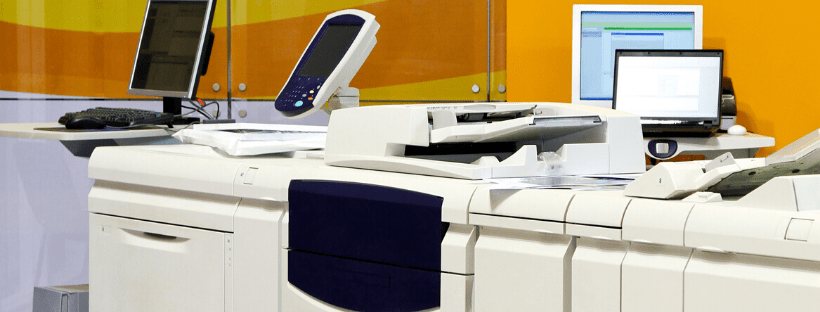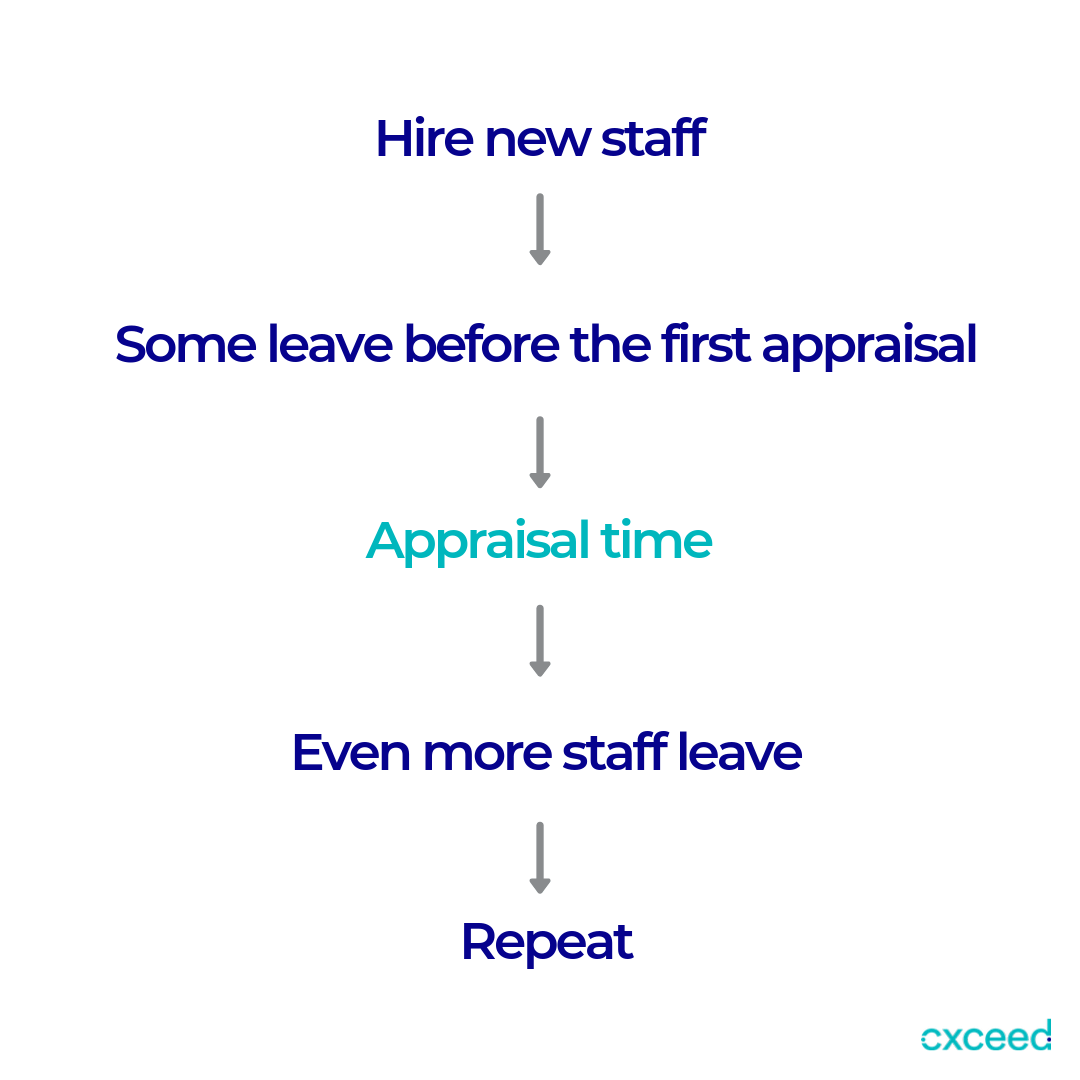The Rise of Multi Channel Customer Service and The Death of the Call Centre
The past decade has been an uneasy time for call centres, as they have had to adapt to changing customer attitudes.
People don't want to pick up the phone to hear the hiss of background noise and an uninterested call agent. Instead, they prefer to use alternative service channels. Does this show the end of the call center as we know it?
The Demise of Call Centres
Nowadays, only having a call centre which answers the phones is not enough. Due to consumer demand, more and more companies are providing multiple methods of contacting them. Call centres need to provide services that meet their customer's changing communication needs or risk losing them.
Transform Your Call Center into a Contact Center
Phone calls are by far the most popular channel, taking up roughly half of customer interactions in the industry.
Although not as popular as they once were, they still are the main point of contact for customers but represent a shrinking market.
By transforming into a contact centre, you can avoid biting the dust.

Here are the most popular service channels you can adopt:
With almost everyone having an email address, this service channel is very popular.
People like to write things to get their full thoughts out, so this channel helps customers do this.
Your customer forwards each email query directly to your team, where they can then help.
Live Chat
Each website is tailored to be user-friendly, and some of them have a live chat widget implemented on the site.
Often the first interaction a customer has with a company happens here, so it is important to utilise it.
Working in a similar way to emails, customers like that their queries are responded to faster.
Social Media
Since social media is so popular, having a presence on the major platforms is a must.
Be in on Twitter, Facebook or Instagram - customer queries are visible to the public, and so are the answers. This public aspect helps you deal with customer queries while at the same time broadcasting to a broader audience, which helps raise the profile of your company.
This broadcasting is also where you need to be wary.
As people on the platform can see when someone is complaining, you need to ensure that staff working within these channels have the correct training to deal with queries promptly.
You also need to implement a monitoring system to identify any negative patterns occurring, so problems can be dealt with before they become major issues.
Mail/Letters
Even though most interactions are carried out online, some people still prefer to write a letter.
Letters are still going strong as a popular channel, and thankfully, dealing with them isn't that difficult. You can treat them in the same way as emails or live chats, but just in physical form.
The downside to letters is that they take a lot longer for each interaction to happen as letters have to be posted between the company and the customer.

Things to Consider
There are things you need to consider before you transform your call centre into a contact centre.
Make Sure Correct Training is Given
To ensure a fantastic service is given across all of these channels, appropriate training is needed.
Each channel requires a different skill set. You wouldn't put an agent on the phones without them knowing what to do, so why do any different with the other channels?
Consider The Style Needed
Each channel will have a different style to them. The way an agent would respond to interactions on a live chat would be different to how they would respond via email. You should make sure your agents can adapt to whichever channel they are working with, and on-going training can help.
Why You Should Transform Into a Contact Center
With these alternative channels constantly taking a bigger share of the customer service market, there are good reasons why you should start using most, if not all of them.
Almost all of us have had at least one terrible experience over the phone with a call center.
The internet has provided people with other ways to interact with businesses, and this means that picking up the phone is now not a necessity, but one of many options, so having multiple possible ways to contact you is a must.
When given a choice, people may pick a different channel to a call centre because they much prefer it to having to talk to an agent.
It's an Opportunity to Grow
Using the most popular customer service channels will help you grow your business.
To fully benefit from using multiple channels you can integrate feedback and evaluate all communications using Cxceed, and be ready to meet customer demands no matter how they contact you.
The Wrap-Up
Since half of the customer interactions in the industry happen through other channels, not only through phone calls, call centres can't afford to miss out.
Start using a multi-channel customer service model and a quality assurance system to perfect your staff's skills and provide an excellent service through every channel.
Transform your call centre, bring it up to date, and increase your profit.
If you use a multi-channel model, let us know how it is for you, down below!
























